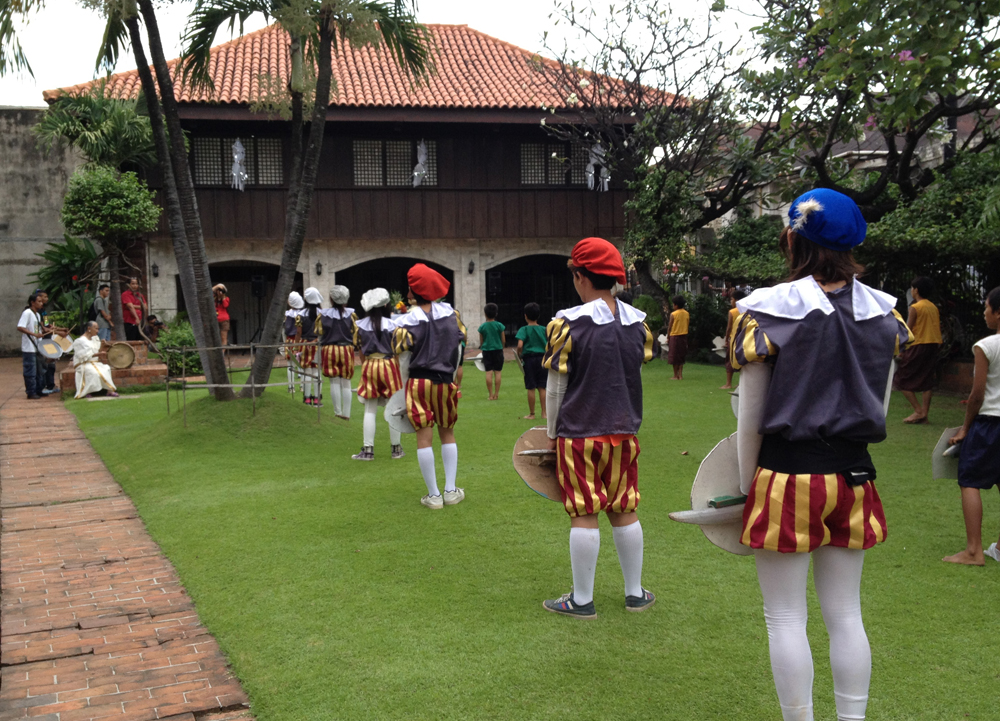An authentic Spanish mansion with period furniture, the Casa Gorordo along Lopez Jaena St. in Cebu City showcases a lifestyle from the mid-19th to the mid-20th century.
The stone and tile structure, restored and maintained as a museum by the Ramon Aboitiz Foundation, Inc. (RAFI), is one of few remaining houses called “balay nga tisa,” which was the building of choice of Cebu’s local rich families in the 1800’s.
Architect Melva R. Java, writing about island architecture in “Cebu: More Than an Island,” said the Spanish-period houses of coral stones and clay tile roofs depict a synthesis of “two world views–Asian transiency and Western permanence.”

Casa Gorordo’s lower floor served as storage spaces and probably also housed the horses and carriage like the other “balay nga tisa” of the landed gentry in colonial Cebu. Today, it accommodates museum offices and an area for art exhibitions.
The house’s lower floor walls are made of coral stones, and it bears all features typical of a balay nga bato: spacious interiors with ventanillas or vents below the window sills, sliding Capiz windows, and tugas posts and 12-inch wide floorboards.
An arch with intricate carvings of plants and birds separate the dining room or comedor from the landing and living room. At the end of the dining room is a kitchen typical of that period when the house was built.
Sliding doors open up into a wide balcony or azotea that runs by a long section of the house. Beside the house was built a new service building inspired by 19th century architecture and the garden, which has been landscaped, has been the venue of several events.
Aside from being one of the few remaining Spanish-period houses in the country, Casa Gorordo also gained prominence because it was the residence of Cebu’s first Filipino bishop.
The house was owned by the Reynes-Garces family before it was bought by Juan Isidro Gorordo, father of Juan Gorordo–who served as bishop of Cebu from 1910-1932, in 1863.
Casa Gorordo, which was declared a national landmark by the National Historical Institute in 1991, was opened by RAFI as a museum in 1983. Displayed inside the house are antique furniture and altar pieces as well as relics of a lifestyle at the turn of the century.
The museum is open Tuesdays through Sundays from 9:00 a.m. – 6:00 p.m. Entrance fees are: P10 (elementary and high school students), P15 (college students), P40 (local), and P70 (foreign).
How to get there
Casa Gorordo is part of surviving heritage structures found in Parian, which got its name from the word “pari-pari (to barter or trade)” because it used to be the Chinese trading district of old. The area was the home of Cebu’s affluent citizens in the 19th century.
Parian is 20 to 30 minutes by cab from other areas in Cebu City.
Video tour
Click play on the YouTube video below to load a video tour of Casa Gorordo by its curator, Florencio Moreno II. Caution: the audio is loud because it is meant to be listened to on a phone without using earphones.

